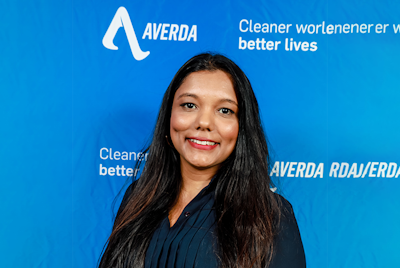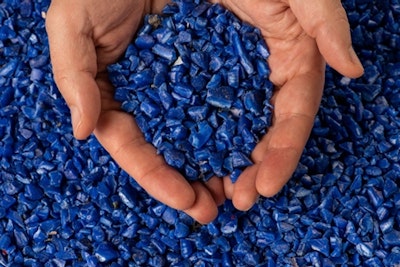The degradation of Johannesburg’s inner city has become a headache for city managers and buildings being ‘hijacked’ is no longer news. This is especially true in Hillbrow which is known for high levels of population density, unemployment, and poverty. Crime has soared and rubbish strewn streets are commonplace leaving some historic buildings to fall into ruin.
One of these buildings being the Florence Nightingale House, formerly Florence Nightingale Hospital. After 1998 the building was transformed into a displaced person’s facility for social welfare, with many residents today have been there since 1998.
The building was officially abandoned in 2016 and thereafter fell to decay. This seven-story building currently occupies roughly 600 residents as well as the Malaika Orphanage Centre which houses between 150-200 children. With no real support and neglect the residents found themselves in need of help.
Skye Burgess and Joshua De Villiers, co-founders of The People SA, a South African NPO providing support for local communities, explains that the transformation of The Florence Nightingale is a long-term project. Standing and focused on the 4 pillars of building rescue, social upliftment, industry development and the battle for Human Rights.
The aim is to not only transform the Florence into a safe haven for residents, but helping it create its own economic ecosystem through a three-phase process. By providing organisation and creating entrepreneurial employment, The People hope to create significant and sustainable change. Offering a hand up and not a handout, working with the community to help them help themselves.
First phase began with the internal clean and repainting of the building. Installing the first dustbins and setting up a building council to keep it clean. This then transpired into cleaning the building's courtyard that is an ocean of approximately 800 tons of rubbish. “With 420 tons already removed in partnership with Move1Millionand their million-bag challenge we realised we needed to find a company who could help us efficiently remove the remaining rubbish. Our last waste management company let us down, so we reached out to Averda for help,” says Burgess.
Averda’s MD Justice Tootla explains that when Averda got the call, they were particularly concerned by the harmful effects this enormous pile of rotting waste might be having on the health of people living in the building, especially the children. “Health risks can range from respiratory diseases to bites from the vermin feeding and living off the waste and also intestinal infections transmitted by flies feeding on the waste,” added Tootla.
Was also noted that successfully removing this amount of waste would be a huge task. Tootla explains, “Our operations department got straight to work, firstly undertaking a site visit and then developing an effective waste removal plan including developing a collection schedule.”
This undertaking will take the Averda team anything from two to four days to complete and will require compactors, bobcats as well as skips and the corresponding trucks to complete the task at hand.
To ensure the clean-up results of phase one are maintained and the health of the residents remains a priority, 40 steel dustbins will be installed and Averda will be supplying the building with recycling bins from which recycling will be collected on a weekly basis, at no cost.
During phase two, Burgess and her team will start with the renovation of the orphanage and repainting and revamping of the building as well as help with setting up of a building council.
The last phase is a long-term plan for sustainability and complete community upliftment.
Though a variety of planning methods the building will include an at point recycling station, woodwork facilities and sewing station as well a rooftop garden. It will also have a learning facility where children can spend their afternoons in a safe and nurturing space.
“Our goal is to be the bridge for those who want to escape the poverty trap, the support for those who want to help themselves. Instead of pointing out the problems we want to find the solutions and to be the change we want to see in the world. Alone we can do so little, together we can do so much. Through the support of Move1Million, Goscor (Bobcats), Averda as well as working alongside the local community, true change began to transpire,” ended Burgess.



